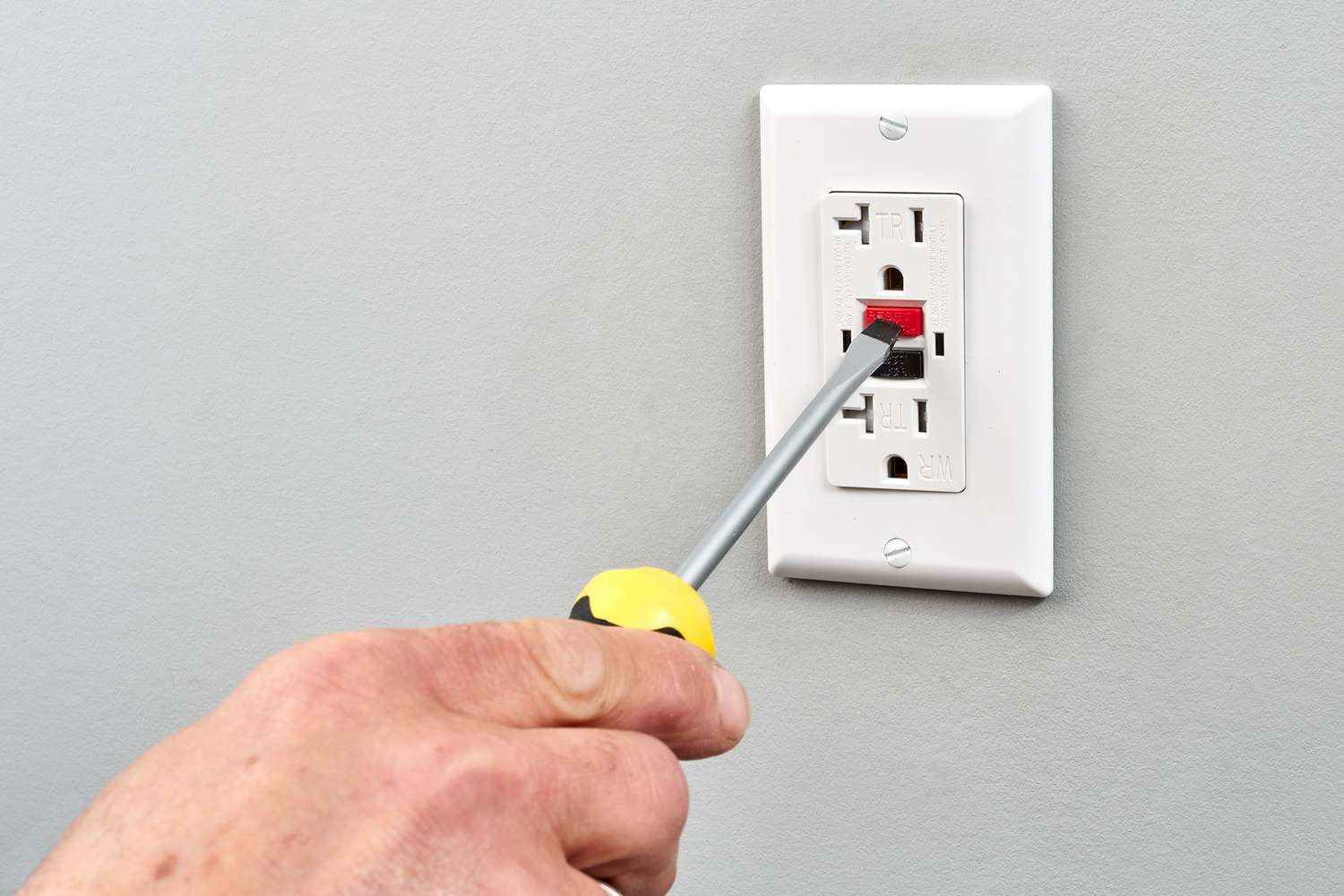Home>Furniture & Design>Outdoor Furniture>Why Does My Outdoor Walk Not Count As Exercise


Outdoor Furniture
Why Does My Outdoor Walk Not Count As Exercise
Published: January 11, 2024
Discover why your outdoor walk may not be counting as exercise and learn how to optimize your outdoor furniture for better health and fitness. Explore outdoor-furniture-furniture-and-design tips now!
(Many of the links in this article redirect to a specific reviewed product. Your purchase of these products through affiliate links helps to generate commission for Storables.com, at no extra cost. Learn more)
**
Introduction
**
When it comes to maintaining a healthy and active lifestyle, walking is often touted as a simple yet effective form of exercise. Many individuals incorporate outdoor walks into their daily routines, aiming to meet the recommended physical activity guidelines. However, despite the perceived benefits of walking, some may question whether their outdoor strolls truly contribute to their overall fitness. In this article, we will delve into the factors that may hinder outdoor walks from being considered a substantial form of exercise. From the lack of intensity to the short duration and inconsistent pace, we will explore why your outdoor walk may not be yielding the physical benefits you anticipate. By shedding light on these aspects, we aim to provide a comprehensive understanding of the dynamics involved in transforming a leisurely stroll into a purposeful exercise routine.
**
Key Takeaways:
- Elevate your outdoor walk by adding intensity through brisk intervals and strength-building exercises to maximize fitness benefits.
- Extend the duration of your outdoor walks to meet recommended aerobic activity guidelines, promoting cardiovascular health and overall well-being.
Read more: Why Does My Outdoor Motion Light Stay On
Lack of Intensity
**
One of the primary reasons why your outdoor walk may not be effectively contributing to your exercise regimen is the lack of intensity. While walking is undoubtedly a valuable form of physical activity, its effectiveness in promoting fitness and overall health is heavily dependent on the intensity at which it is performed. Many individuals engage in leisurely strolls, enjoying the scenery and fresh air without pushing their bodies to exert additional effort. While this approach holds its own merits, it often falls short of meeting the intensity levels required to qualify as a significant workout.
To ensure that your outdoor walk translates into a meaningful exercise session, it is essential to elevate its intensity. This can be achieved through various methods, such as incorporating intervals of brisk walking or integrating uphill terrain into your route. By doing so, you can elevate your heart rate, engage different muscle groups, and enhance the overall calorie-burning potential of your walk. Additionally, consider implementing strength-building exercises, such as lunges or squats, at intervals during your walk to further intensify the workout.
By addressing the lack of intensity in your outdoor walk, you can transform it into a more impactful form of exercise, reaping greater physical benefits and aligning it more closely with the goals of your fitness routine.
**
Short Duration
**
Another factor that may undermine the effectiveness of your outdoor walk as a form of exercise is its short duration. While any form of physical activity is commendable, the duration of your walk plays a pivotal role in determining its impact on your overall fitness. Many individuals may engage in brief outdoor strolls, whether due to time constraints or a preference for quick outings. However, such short durations may not fully harness the potential benefits that a more extended walk can offer.
According to fitness guidelines, individuals are encouraged to engage in at least 150 minutes of moderate-intensity aerobic activity per week, with each session lasting for a minimum of 10 minutes. By adhering to this recommendation, individuals can effectively enhance their cardiovascular health, manage weight, and improve overall well-being. When outdoor walks are of a notably brief duration, they may not contribute substantially to meeting these guidelines, thereby limiting their impact as a form of exercise.
To address the issue of short duration, consider allocating dedicated time slots for longer outdoor walks, allowing for a more comprehensive and beneficial exercise experience. By extending the duration of your walks, you can elevate your heart rate for a sustained period, promote greater calorie expenditure, and foster an enhanced sense of physical well-being. Additionally, longer walks provide an opportunity to explore more extensive routes, thereby enriching the overall experience while nurturing your fitness goals.
By recognizing the significance of duration in optimizing the benefits of your outdoor walk, you can cultivate a more substantial and impactful exercise routine, aligning it with the overarching objectives of your fitness journey.
**
Make sure to walk at a brisk pace to elevate your heart rate and increase your breathing. This will help your outdoor walk count as exercise.
Inconsistent Pace
**
Another aspect that may impede the efficacy of your outdoor walk as a form of exercise is the presence of an inconsistent pace. While walking at a leisurely pace can offer relaxation and enjoyment, fluctuating speeds throughout the walk may hinder its ability to serve as a consistent and impactful workout. An erratic pace can lead to varying levels of exertion, potentially diminishing the overall cardiovascular and muscular benefits that a steady and controlled pace can provide.
To maximize the exercise potential of your outdoor walk, strive to maintain a consistent and purposeful pace. This entails setting a speed that aligns with moderate-intensity aerobic activity, allowing for an elevated heart rate and sustained effort throughout the duration of the walk. By adhering to a steady pace, you can optimize the cardiovascular benefits, enhance calorie burning, and foster endurance, thereby transforming your walk into a more effective form of exercise.
Moreover, embracing a consistent pace enables you to establish measurable fitness goals and track your progress over time. Whether you aim to increase your walking speed, extend the duration of your sustained pace, or conquer more challenging terrains, maintaining a consistent pace serves as a foundational element in refining your overall fitness and achieving tangible milestones.
By addressing the issue of inconsistent pace and prioritizing a steady and purposeful walking speed, you can elevate the exercise value of your outdoor walks, aligning them more closely with the objectives of a comprehensive and beneficial fitness routine.
**
Conclusion
**
While outdoor walks hold undeniable appeal as a leisurely and refreshing activity, their efficacy as a substantial form of exercise is contingent upon various factors. By acknowledging and addressing the lack of intensity, short duration, and inconsistent pace, individuals can elevate the exercise potential of their outdoor walks, thereby aligning them more closely with the goals of a comprehensive fitness routine.
Recognizing the importance of intensity in promoting physical fitness, individuals can integrate brisk intervals, uphill terrain, and strength-building exercises to enhance the overall impact of their walks. This deliberate approach fosters an elevated heart rate, engages diverse muscle groups, and amplifies the calorie-burning potential of the exercise, thereby optimizing its fitness benefits.
Moreover, extending the duration of outdoor walks allows individuals to fulfill the recommended weekly aerobic activity guidelines, promoting cardiovascular health, weight management, and overall well-being. By allocating dedicated time for longer walks, individuals can harness the full potential of this form of exercise, fostering a more comprehensive and impactful fitness experience.
Embracing a consistent and purposeful walking pace further amplifies the exercise value of outdoor walks, facilitating sustained cardiovascular benefits, enhanced calorie burning, and measurable progress in fitness endeavors. By maintaining a steady pace, individuals can establish tangible fitness goals, track their advancement, and cultivate a more structured and effective exercise routine.
In essence, by addressing the key factors that may hinder the exercise potential of outdoor walks, individuals can transform these leisurely strolls into purposeful and impactful components of their fitness journey. Through intentional adjustments and a mindful approach, outdoor walks can emerge as integral elements of a well-rounded and beneficial exercise regimen, contributing significantly to overall health and wellness.
Frequently Asked Questions about Why Does My Outdoor Walk Not Count As Exercise
Was this page helpful?
At Storables.com, we guarantee accurate and reliable information. Our content, validated by Expert Board Contributors, is crafted following stringent Editorial Policies. We're committed to providing you with well-researched, expert-backed insights for all your informational needs.
















0 thoughts on “Why Does My Outdoor Walk Not Count As Exercise”